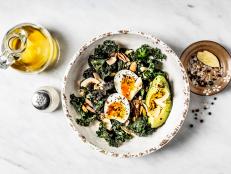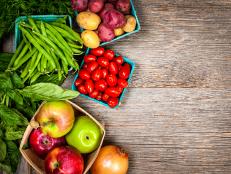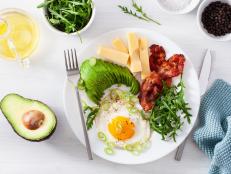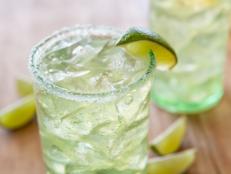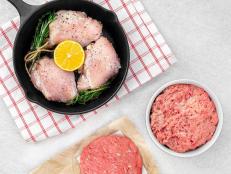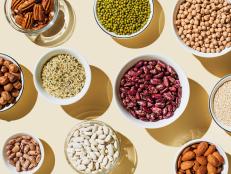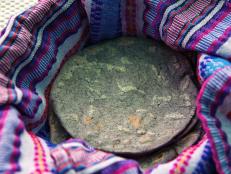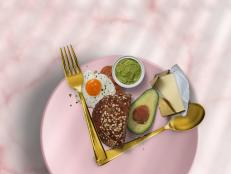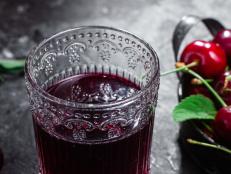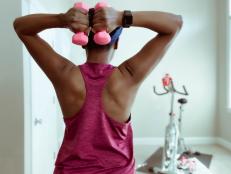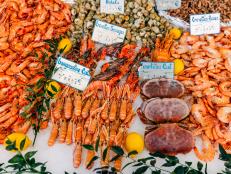What Are the Side Effects of the Ketogenic Diet?
Some of them can be a bit uncomfortable.
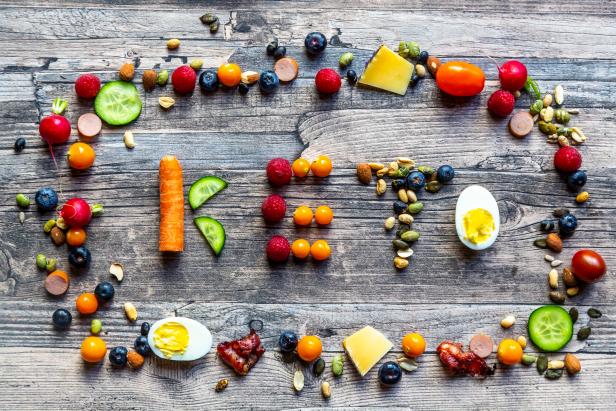
lacaosa
The intent of the ketogenic, or keto, diet is to put the body into ketosis, the inefficient process of metabolizing fat into energy — instead of the usual way, in which carbohydrates are the main fuel. Turning the body's normal system of metabolism totally upside down will likely lead to side effects, although they don't all happen to everyone.
The keto diet has some good points. While it's not generally recommended as a long-term lifestyle, it may help you to reset your plate with lots more vegetables and fewer refined and added sugars, and to truly get a handle on hunger. Another healthy habit that may come from keto dieting is meticulous meal planning; without careful tracking of the fat, protein and carbohydrate grams you're planning to eat, it's pretty much impossible to stay in ketosis.
However, since the keto diet cuts out whole food groups — whole grains, dairy and most fruit — serious nutritional deficiencies are likely, even with a rainbow of supplement pills.
And if cutting carbs in favor of lots of fat is what you're doing, you can expect some side effects. Here are some common ones — and tips on how to potentially make them less acute.
Insomnia — Eating carbs makes us feel good, partially because of the release of the "happy" hormone serotonin. Without enough carbs, less serotonin is produced, disturbing the body's ability to wind down. Additionally, dieting causes stress, which in turn can lead to excess production of the "fight or flight" hormone, cortisol. To sleep better, try eating your allotment of carbs later in the day, preferably at dinner. While keto carb recommendations are only around 20 to 30 grams per day, eating most of those carbs after 5 pm could help. Choose carbs in the form of starchy vegetables like sweet potatoes, or most of the fruit you plan to eat.
Other ideas to help induce sleep: Avoid evening workouts, and take a hot bath or shower before bed.
Keto "flu" — This uncomfortable group of symptoms, which include headache, nausea, dizziness, diarrhea, fatigue, irritability and muscle cramps, is pretty common as the body transitions from using carbs as fuel to using mainly fat. Drinking lots of water can help, and so can drinking homemade bone broth (link) and what's commonly called keto lemonade, an electrolyte-rich beverage made with sea salt and lemons.
Getting more electrolytes may also help: Eat foods with potassium (spinach, Swiss chard, nuts, avocados, mushrooms, oranges), magnesium (nuts, dark chocolate, fish), sodium (bone broth, pickles, fermented vegetables), calcium (salmon and sardines with bones, dark leafy greens, almonds), phosphorus (flax seed, chia seeds, sunflower seeds, nuts), and chloride (salt, seaweed, olives).
Constipation — This side effect is also pretty much guaranteed, thanks to the absence of whole grains and fruit, two of the richest fiber sources in our diets. However, there are many high-fiber keto foods that can help fill the gap. And to help the digestive system get used to a new routine, try consuming roughly the same types of foods at the same time each day.
Start the day with coffee and chia pudding; caffeine stimulates the bowels, and chia seeds have fiber. One or two tablespoons of MCT oil in the morning may get things going too. Eat Swiss chard, Brussels sprouts and other fiber-rich veggies, along with fermented foods like sauerkraut, kimchi, water kefir and pickles for better gut health. And don't forget that prebiotic fiber doesn't generally count toward carb counts, because the fiber in onions, leeks, garlic, jicama, sunchokes and many other veggies is less-digestible. If you need a probiotic supplement, look for one labeled to "keep you regular." And drink water — lots of it.
Hair loss — There are several possible reasons you might lose hair on the keto diet: calorie restriction, demanding exercise, nutrient deficiencies and the big-time stress of dieting. Some supplements, including biotin and collagen, may help, along with drinking collagen-rich homemade bone broth. Upping your protein and calories and eating more carbs may also help.
Serena Ball, MS, RD is a registered dietitian nutritionist, food writer, and recipe developer. She blogs at TeaspoonOfSpice.com and is the author of the best-selling The 30-Minute Mediterranean Diet Cookbook. Follow her @TspCurry on Twitter and Instagram.
Related Stories:

























